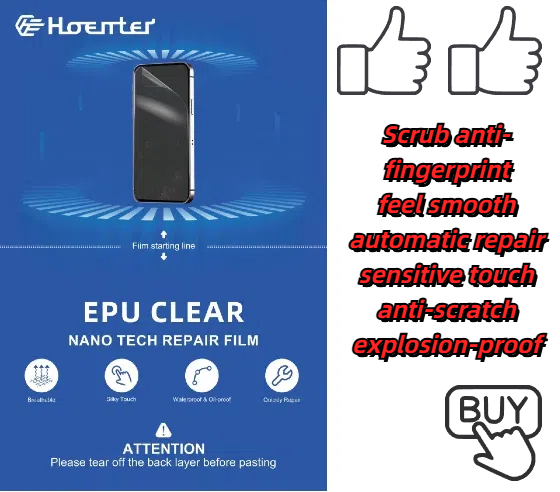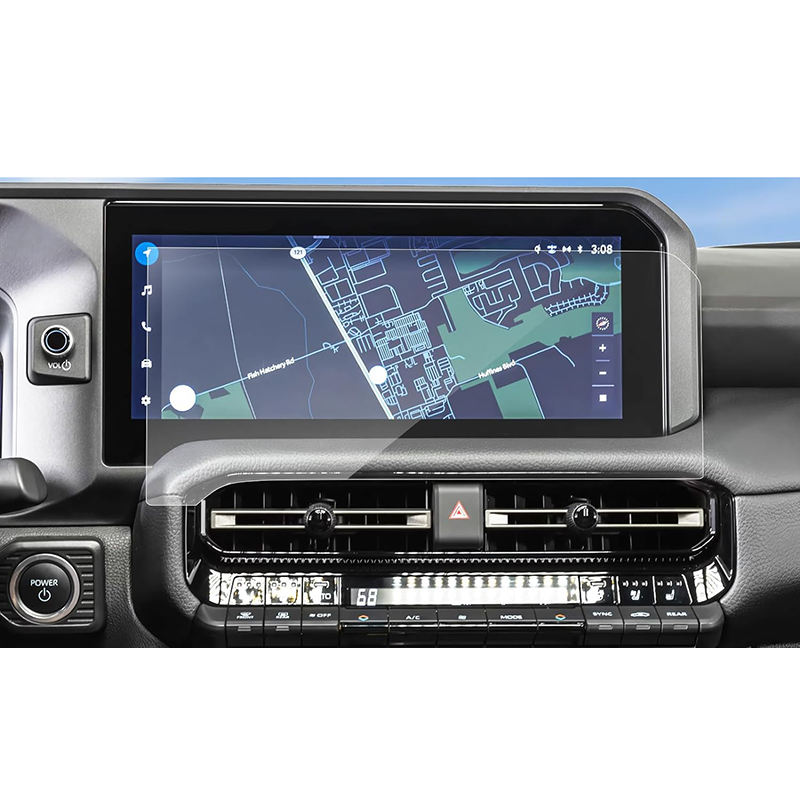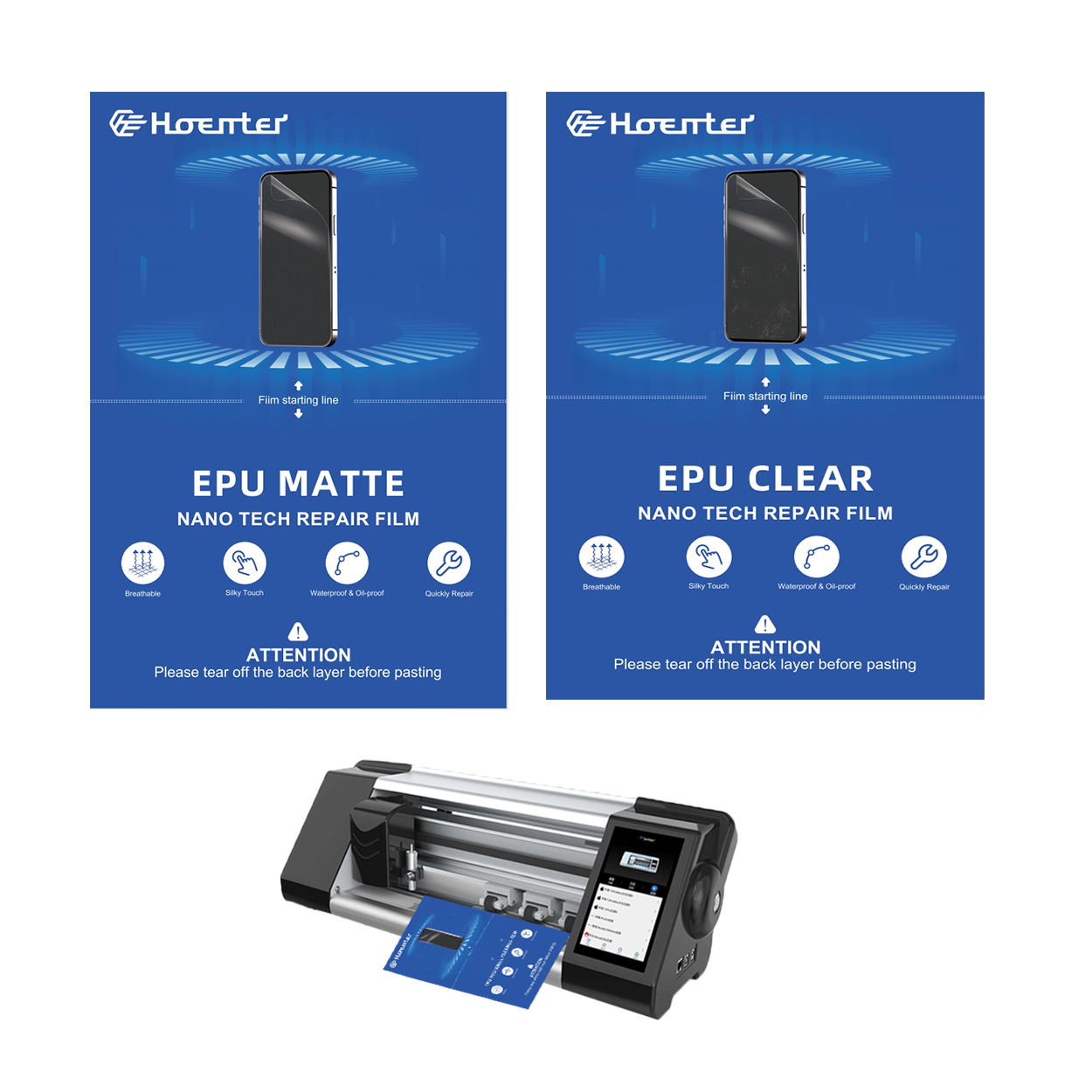
É melhor usar um protetor de tela de vidro temperado ou de hidrogel?
Índice
Resumo
Choosing between vidro temperado e hidrogel screen protectors ultimately depends on your priorities. If you value maximum protection and a glass-like feel, tempered glass might be the way to go. However, if you prefer a thinner, more flexible protector with self-healing properties, hydrogel could be the better choice.Both options have their pros and cons, and the best choice will depend on your specific needs and preferences. Consider factors like protection, clarity, durability, cost, and environmental impact when making your decision.
Principais conclusões
- Vidro temperado protectors offer superior hardness and clarity but can be more expensive.
- Hidrogel protectors are flexible, self-healing, and often more budget-friendly.
- Installation ease varies, with tempered glass being generally easier to apply.
- Consider the environmental impact of each option.
- Choose based on your priorities: protection, feel, cost, and eco-friendliness.
What is a Tempered Glass Screen Protector?
Tempered glass screen protectors are made from glass that has been treated to increase its strength. This process involves heating the glass and then cooling it rapidly, which makes it much more durable than regular glass. Vidro temperado protectors are known for their ability to withstand scratches and impacts, often rated at 9H on the hardness scale, which is just below diamond.These protectors are popular because they offer a clear, smooth surface that feels similar to the original phone screen. They are also relatively easy to clean and maintain. However, they can be thicker than other types of protectors, which might affect the phone’s aesthetics slightly.
Understanding Hydrogel Screen Protectors
Hydrogel screen protectors are a newer technology in the world of phone protection. Made from a flexible, gel-like material, hydrogel protectors are designed to absorb impacts and self-heal minor scratches. This makes them an attractive option for those who want a protector that can adapt to minor wear and tear over time.One of the standout features of hydrogel protectors is their thinness. They are often much thinner than tempered glass, which means they can maintain the original look and feel of your phone. Additionally, their flexibility allows them to cover curved screens more effectively than rigid glass protectors.

Tempered Glass vs. Hydrogel: Which Offers Better Protection?
When it comes to protection, both tempered glass and hydrogel have their strengths. Vidro temperado is renowned for its ability to protect against significant impacts and scratches. Its hardness means it can take a beating without showing signs of wear.On the other hand, hidrogel protectors excel in their ability to absorb shocks and self-heal. While they might not be as hard as tempered glass, their flexibility allows them to disperse the energy from impacts, potentially reducing the risk of screen damage.
How Do Tempered Glass and Hydrogel Affect Screen Clarity?
Screen clarity is a crucial factor for many users. Vidro temperado protectors are often praised for their crystal-clear transparency, which allows for an unobstructed view of the screen. They also tend to resist fingerprints and smudges better than other materials.Hidrogel protectors, while also clear, might not offer the same level of transparency as tempered glass. However, they are designed to reduce glare and reflections, which can enhance visibility in bright conditions. The choice between the two often comes down to personal preference and the specific conditions in which you use your phone.
Durability: Which Protector Lasts Longer?
In terms of durability, vidro temperado protectors generally have the edge. Their hardness and resistance to scratches mean they can last a long time without needing replacement. However, if they do crack, they will need to be replaced entirely.Hidrogel protectors, while not as hard, offer the advantage of self-healing. Minor scratches and scuffs can disappear over time, extending the life of the protector. However, they might need to be replaced more frequently if subjected to heavy use.

Installation: Is Tempered Glass or Hydrogel Easier to Apply?
Installing a screen protector can be a daunting task, but both vidro temperado e hidrogel protectors have their own installation processes. Tempered glass protectors are typically easier to align and apply due to their rigidity. They often come with installation kits that include cleaning wipes and dust removers to ensure a bubble-free application.Hidrogel protectors, being more flexible, can be a bit trickier to apply. They require careful alignment and smoothing to avoid bubbles. However, their flexibility allows them to conform to curved screens more easily, which can be a significant advantage for phones with edge displays.
Cost Comparison: Which is More Budget-Friendly?
Cost is always a consideration when choosing a screen protector. Vidro temperado protectors are generally more expensive due to their material and manufacturing process. However, their durability can make them a cost-effective choice in the long run.Hidrogel protectors are often cheaper upfront, making them an attractive option for budget-conscious consumers. Their self-healing properties can also reduce the need for frequent replacements, potentially saving money over time.
User Experience: How Do They Feel to the Touch?
The feel of a screen protector can significantly impact the user experience. Vidro temperado protectors are often preferred for their smooth, glass-like feel, which closely mimics the original screen. They also tend to be more resistant to fingerprints and smudges.Hidrogel protectors, while not as smooth, offer a unique tactile experience. Their slightly softer surface can provide a better grip, which some users find appealing. Additionally, their ability to reduce glare can enhance visibility in bright environments.

Environmental Impact: Which is More Eco-Friendly?
In today’s environmentally conscious world, the impact of our choices is more important than ever. Vidro temperado protectors, while durable, are not biodegradable and can contribute to electronic waste if not disposed of properly.Hidrogel protectors, on the other hand, are often made from more environmentally friendly materials. Their ability to self-heal and extend their lifespan can also reduce waste. However, it’s essential to consider the entire lifecycle of the product, including manufacturing and disposal, when assessing its environmental impact.
Comentários
Etiquetas

Como uma máquina de corte de ecrã de privacidade inteligente aumenta a segurança do dispositivo
O investimento em máquinas inteligentes de corte de ecrãs de privacidade aumenta a segurança dos dispositivos, fornecendo protectores de ecrã cortados com precisão e com filtros de privacidade avançados, garantindo que as informações sensíveis são protegidas contra a visualização não autorizada, tanto em ambientes pessoais como empresariais.

O protetor de ecrã Tpu é resistente aos choques?
São fundamentais para determinar a durabilidade, a funcionalidade e a experiência do utilizador de
dispositivos móveis modernos.
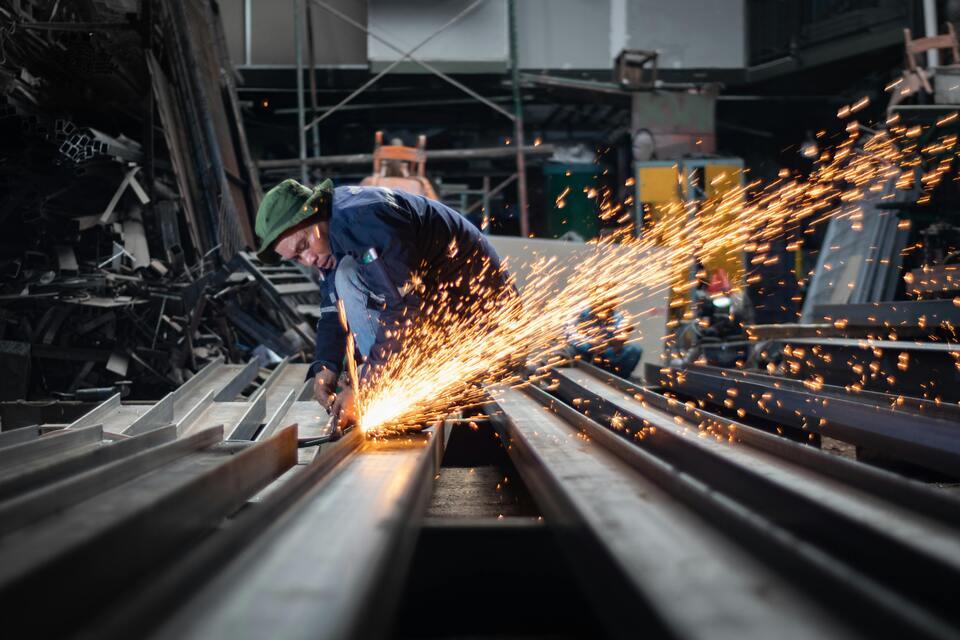
Protetores de tela tipo papel são bons?
If you’re looking to elevate your iPad experience, a Paperlike screen protector might just be the upgrade you need!

Estudo de caso - Como é que as empresas beneficiam de uma máquina de corte de pele móvel profissional
As máquinas profissionais de corte de peles móveis tornaram-se uma ferramenta essencial para as empresas especializadas na personalização e proteção de dispositivos móveis.
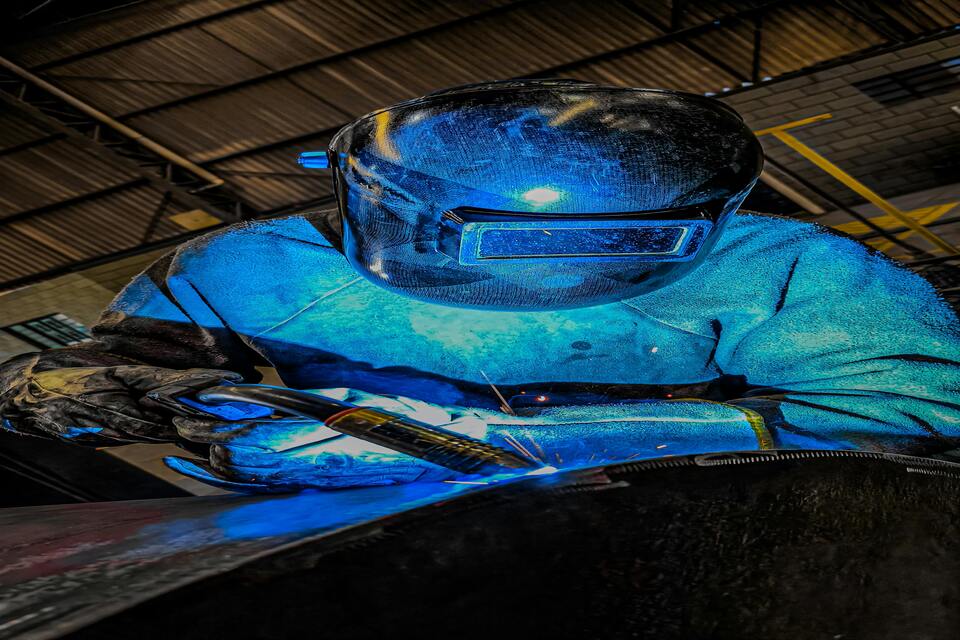
Como consertar um telefone danificado pela água
Lembre-se de que, embora essas etapas possam ajudar a salvar seu telefone danificado pela água, é sempre melhor prevenir do que remediar.
Encontre todos os conhecimentos e tendências do nosso blogue, obtenha o preço por grosso e a melhor qualidade da nossa fábrica.

O que é a máquina de corte de película e a sua aplicação
As máquinas de corte de película têm desempenhado um papel crucial na evolução da produção cinematográfica e de vários processos industriais, permitindo o corte e a união precisos de materiais de película.

O que é uma máquina de corte de protectores de ecrã?
Uma máquina de corte de protectores de ecrã é um dispositivo especializado concebido para produzir protectores de ecrã personalizados para vários dispositivos electrónicos, incluindo smartphones, tablets, smartwatches, computadores portáteis e monitores.

Como funciona a máquina de corte do protetor de tela do telefone móvel?
Uma máquina de corte de protectores de ecrã de telemóveis é um dispositivo sofisticado concebido
para produzir protectores de ecrã personalizados para vários dispositivos digitais com elevado preço
ção e eficiência.

Caraterísticas do vidro temperado para telemóveis e do protetor de ecrã TPU para telemóveis
Os protectores de ecrã em poliuretano termoplástico (TPU) são flexíveis, duradouros e
películas plásticas auto-regeneráveis concebidas para proteger os ecrãs dos dispositivos electrónicos contra
riscos, impactos e outros danos potenciais.

Revolucione a proteção de dispositivos com a máquina de corte de proteção de ecrã
Quer tenha um smartphone, tablet ou smartwatch, esta máquina versátil adapta-se a uma vasta gama de dispositivos. Adapta-se perfeitamente às dimensões do seu gadget, oferecendo um ajuste personalizado que os protectores genéricos não conseguem igualar.

Protetor de ecrã com garantia vitalícia
A garantia vitalícia de um protetor de ecrã é uma garantia fornecida pelos fabricantes que
compromete-se a reparar ou substituir um protetor de ecrã durante o tempo de vida útil do produto, de acordo com termos e condições específicos.

